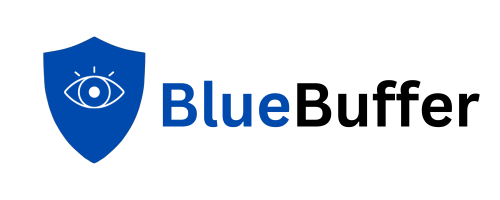The largest study to date on light exposure at night revealed some shocking results. Over 86,000 people participated in the largest to date cross-sectional analysis of light, sleep, physical activity, and mental health. We break down the details below, but the full study can be found here.
The Study
The study starts off describing the importance of a healthy circadian rhythm (we break down what that is here) and how light exposure at night affects it (we break down why here). They then get into how they obtained data on 86,772 individuals ( aged 62.4 +- 7.4 years, 57% women) during seven days of actimetry and light monitoring.
They tested two hypotheses “(1) greater light exposure in the day is associated with lower risk for psychiatric disorders and better mood and (2) greater light exposure at night is associated with higher risk for psychiatric disorders and poorer mood.”
We’ll focus in on (2) here as it had the most adverse effects on humans.
Greater Light Exposure at night is associated with higher risk for psychiatric disorders and poorer mood.
The study found that after the 7-day monitoring period, participants within the brightest night-time light quartile had a ~30% higher risk of Major Depressive Disorder and self-harm and a higher risk for bipolar disorder. Additionally “Night-time light exposure was also associated with poorer self-reported mood and wellbeing…”
This further solidifies the link between a disrupted circadian rhythm and depressive states and poor moods.
Modern humans spend ~90% of the day indoors, typically experiencing more bright light at night than what was natural prior to modern lighting fixtures.
What can I do to protect myself?
The main way to help protect yourself is to limit your light exposure at night. Obviously, this can be hard to do and may be outright impossible for some. So, the next question to ask is what can I control? We’ll, we’d say to pay attention to what type of light you’re getting at night.
Blue Light is the highest energy form of light visible to the eye, with wavelengths from 380 nanometers to 500 nanometers. Given this is the most powerful form of visible light (and has the highest outsized effect on your circadian rhythm), your best bet is to reduce your exposure.
Most electronics emit Blue Light, including your iPhone. Our solution to limit your Blue Light exposure from your phone is BlueBuffer, our Blue Light blocking iPhone screen case. With this on your phone, you can sleep easier and limit the effects of the study mentioned above. Don’t take our word for it, see it work in real time here.
Thanks so much for reading our article. Check out more from our blog if you’re interested!

